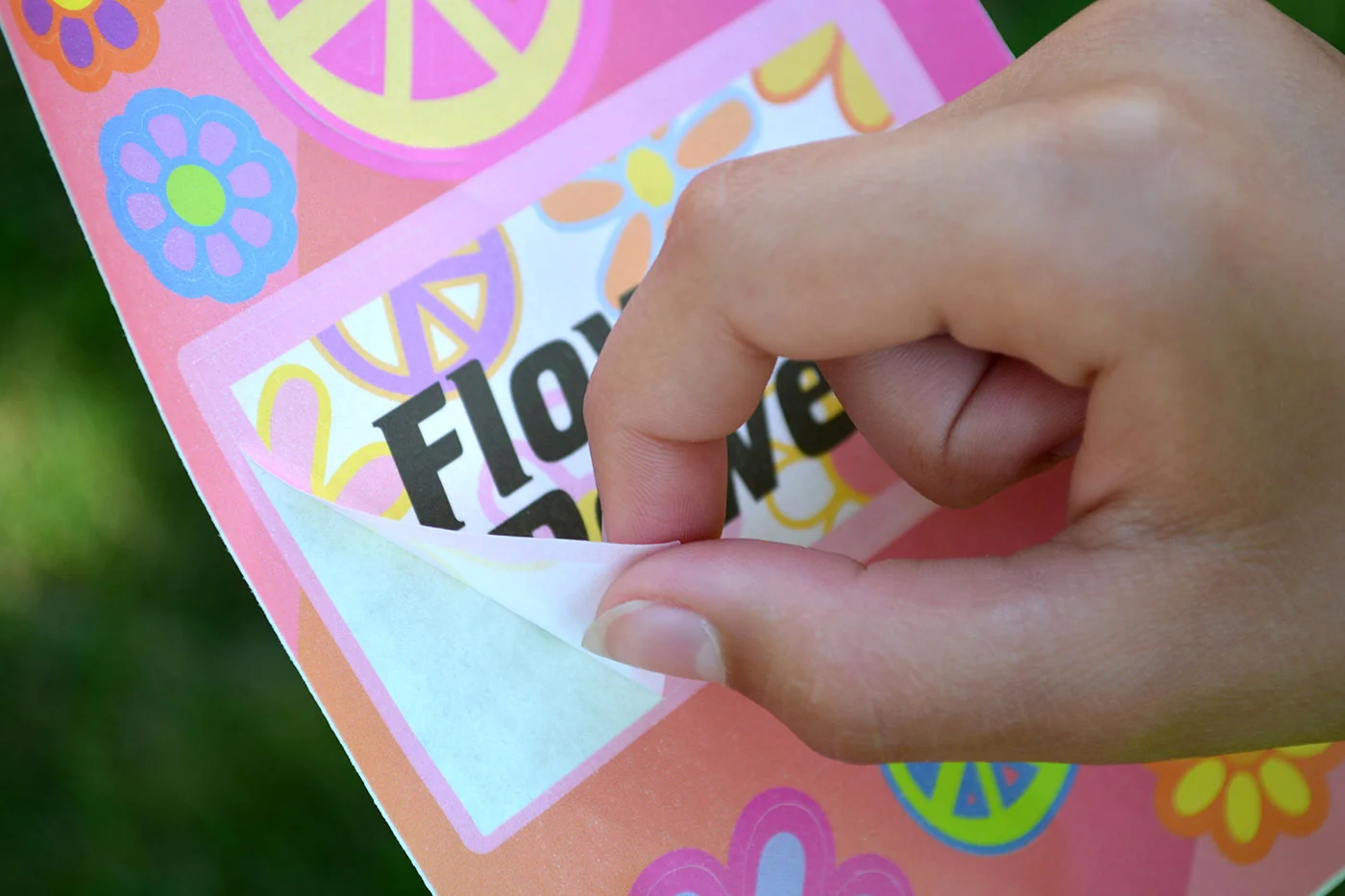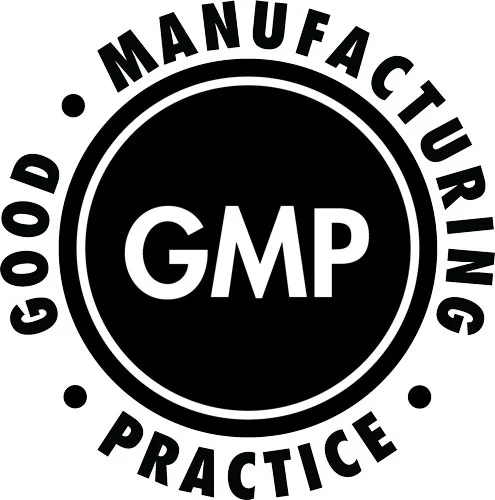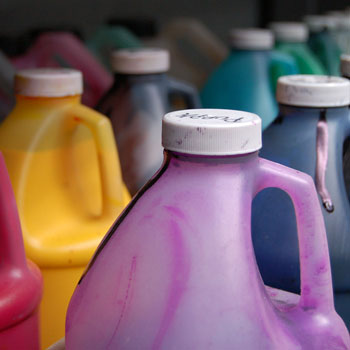The Print Services & Distribution Association (PSDA) has selected Century Label as a Silver Award winner in the 2016 PEAK Awards.
PSDA’s PEAK Awards program recognizes excellence in the print industry promoting projects that display innovation, excellent quality, and produce high return on investment. The judging panel assessed several entries to determine which ones exhibited Print Excellence and Knowledge
Held in partnership with the Print Education & Research Foundation (PERF), the PEAK Awards recognize industry firms that innovate and help customers grow. Since 1995, the program has awarded teams that make bold decisions, connect with customers in new ways, and deliver benefits to end users.
Century Label won this prestigious industry award for its shrink sleeve created for Hoosier Brewing’s Red Flyer Ale. The sleeve featured tight registration detail despite a multitude of raster elements and maintained vibrant reds and yellows using 4-color process as opposed to spot PMS colors.
This is Century Label’s second PEAK Award in as many years. In 2015, its shrink sleeve for Tin Man Brewing Company’s Herald Imperial Pumpkin Ale won 1st Place under the category “Best Digital Solution for Customer”. This year’s awards eliminated category distinctions for entries.
“Having our work recognized by the Print Services & Distribution Association is an honor,” said Heidi Chambers, Executive Director of Century Label. “We are proud of how our processes and adherence to G7 standards allow us to meet—and exceed—the demands of our customers. Winning this award is an affirmation of our commitment to producing excellent work.”

















